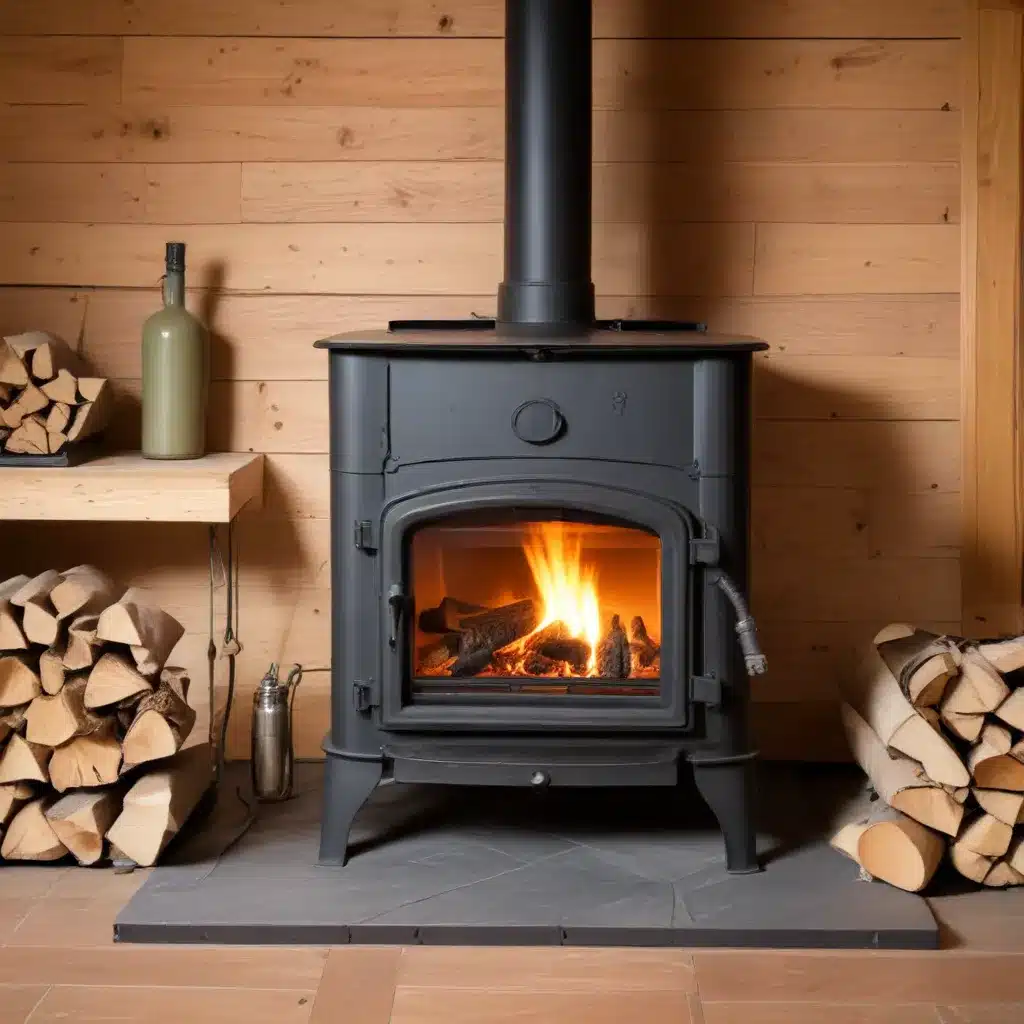
Understanding the Evolving Regulatory Framework
As environmental consciousness continues to grow, the use of wood stoves and other biomass heating solutions has become increasingly scrutinized. Homeowners, contractors, and manufacturers alike must navigate a complex web of regulations to ensure their wood stove installations and operations comply with ever-changing standards. This comprehensive guide will explore the regulatory landscape surrounding wood stoves, helping you stay informed and compliant.
Emission Standards and Certifications
At the forefront of wood stove regulations are the emission standards set by governing bodies. In the United States, the Environmental Protection Agency (EPA) has implemented progressively stricter particulate matter (PM) emission limits for residential wood heaters. The current standards, known as the 2015 and 2020 PM emission standards, require manufacturers to certify their wood stoves to comply with these regulations.
To achieve certification, wood stove models must undergo rigorous testing at EPA-approved laboratories, following standardized test methods such as ASTM E2515-11 and CSA B415.1-10. The certification process involves submitting detailed design specifications, quality assurance plans, and test reports to the EPA for review and approval. Only wood stoves that successfully complete this certification process can be legally manufactured, sold, and installed in the United States.
Navigating Provincial and Municipal Regulations
While the EPA sets the national standards, individual provinces and municipalities may also implement their own wood stove regulations. In Canada, for example, the CSA B415 standard mirrors the EPA’s requirements, but provinces can choose to adopt or modify these limits as they see fit.
Ontario, for instance, has strict regulations that prohibit the use of outdoor wood fireplaces, fire pits, and other open-air burning devices. Within the city of Toronto, wood stove owners must register their appliances and adhere to specific emission limits and installation requirements. Homeowners and contractors must carefully research the local regulations before purchasing or installing a wood stove to ensure compliance.
Exemptions and Unique Considerations
The regulatory landscape is not a one-size-fits-all approach. The EPA and other governing bodies have established various exemptions and unique considerations for certain wood stove applications. For example, wood stoves used for research and development, cook stoves, and camp stoves may be exempt from the emission standards, provided they meet specific criteria.
Additionally, the regulations surrounding the type of wood fuel used in certified wood stoves can be complex. Operators must ensure they are burning only the approved fuel types, such as seasoned cordwood or certified pellets, to maintain compliance and avoid potential penalties.
Adapting to the 2020 Emission Standards
The wood stove industry faced a significant shift in 2020 when the EPA’s more stringent 2020 particulate matter emission standards came into effect. These new regulations require wood stoves manufactured or sold for use in the United States to meet a weighted average emission limit of 2.0 g/hr or less, a substantial reduction from the previous 2015 standard of 4.5 g/hr.
To comply with the 2020 standards, manufacturers have had to invest in developing and testing even cleaner-burning wood stove models. This has led to advancements in combustion technology, including improved air flow systems, better insulation, and the use of catalytic or hybrid combustors.
Homeowners and contractors must now carefully research and select wood stoves that are certified to meet the 2020 emission standards. Purchasing a non-compliant wood stove can result in hefty fines and the inability to legally operate the appliance.
The Cord Wood Alternative Compliance Option
Recognizing the challenges posed by the 2020 standards, the EPA introduced an alternative compliance option for wood stove manufacturers. The “Cord Wood Alternative Compliance Option” allows wood stoves to be tested and certified using cord wood, rather than the traditional crib wood method.
This alternative approach aims to better represent real-world wood stove operation and performance, as cord wood more closely resembles the fuel that homeowners typically use. Manufacturers who choose this option must demonstrate that their wood stoves meet a weighted average emission limit of 2.5 g/hr or less when tested with cord wood.
The cord wood alternative provides an opportunity for manufacturers to develop and market wood stoves that are tailored to the needs and expectations of end-users, while still adhering to strict emission standards.
Quality Assurance and Ongoing Compliance
Achieving initial certification is just the first step in the regulatory compliance process. Manufacturers must also implement and maintain rigorous quality assurance programs to ensure that every wood stove produced within a certified model line continues to meet the applicable emission standards.
This quality assurance process involves regular, unannounced audits by EPA-approved third-party certifiers. These audits examine the manufacturing process, review quality control records, and may even require additional emission testing to verify ongoing compliance.
Homeowners and contractors must also do their part to ensure the proper operation and maintenance of wood stoves. Burning unapproved fuels, modifying the appliance, or operating it in a manner inconsistent with the manufacturer’s instructions can all void the wood stove’s certification and result in non-compliance.
Staying Ahead of the Curve
As environmental concerns and technological advancements continue to shape the wood stove industry, the regulatory landscape will likely evolve further. Manufacturers, installers, and end-users must remain vigilant in monitoring updates to emission standards, testing requirements, and local regulations.
By staying informed and proactively addressing compliance issues, wood stove enthusiasts can continue to enjoy the benefits of this sustainable heating solution while contributing to a cleaner, more energy-efficient future. The team at https://woodstoveheaters.com/ is dedicated to providing the latest insights and practical guidance to help you navigate the complex world of wood stove regulations.


